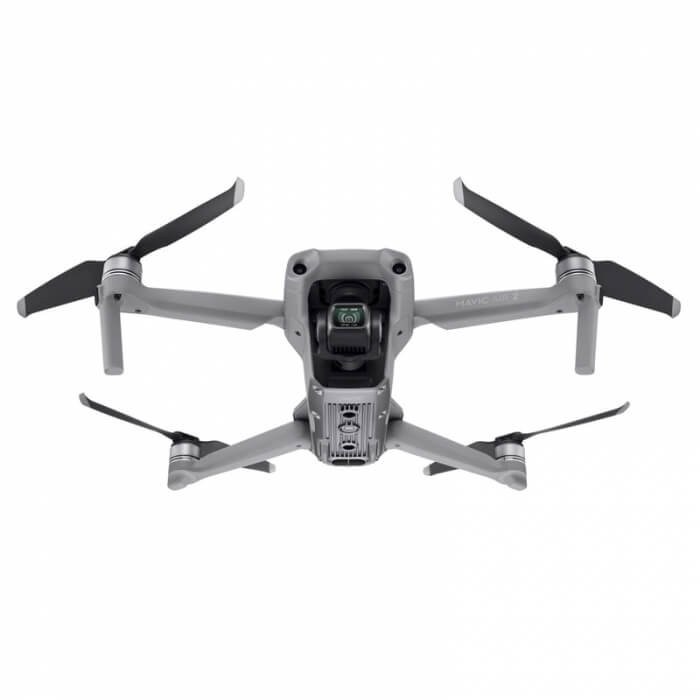Tinea manuum is a fungal infection of the hands, typically caused by dermatophytes – fungi that thrive on the skin’s outer layer. This infection can lead to various symptoms, ranging from mild irritation to more severe discomfort.
Types of Tinea Manuum:
There are two primary types of tinea manuum: the inflammatory type and the non-inflammatory type. The inflammatory type presents with redness, swelling, and blisters, while the non-inflammatory type may show dry, scaly patches.
Common Causes of Tinea Manuum
- Direct contact with an infected person or surface.
- Sweating excessively.
- Wearing tight-fitting gloves.
- Compromised immune system.
- Using public showers or swimming pools.
- Sharing personal items like towels or nail clippers.
- Diabetes.
- Eczema.
- Exposure to warm and humid environments.
- Weakened skin barrier.
- Poor hand hygiene.
- Participating in contact sports.
- Pre-existing fungal infections.
- Working in occupations with constant hand moisture.
- Allergic reactions.
- Hormonal changes.
- Overuse of hand sanitizers.
- Stress.
- Medications that weaken the immune system.
- Wearing occlusive jewelry.
Common Symptoms of Tinea Manuum
- Itching on the hands.
- Red or inflamed patches.
- Dry and scaly skin.
- Blisters filled with fluid.
- Cracked or peeling skin.
- Burning sensation.
- Pain or discomfort.
- Rash on the palms.
- Changes in skin color.
- Pustules (pus-filled bumps).
- Foul odor.
- Swelling.
- Thickened skin.
- Fissures or cracks.
- Skin sensitivity.
- Nail changes (rare).
- Worsening symptoms in warm weather.
- Spread to other body parts.
- Difficulty gripping objects.
- Increased symptoms after contact with water.
Diagnostic Tests for Tinea Manuum
- Visual inspection by a healthcare professional.
- Skin scraping for microscopic examination.
- Wood’s lamp examination.
- Culture test for fungi.
- KOH (potassium hydroxide) test.
- Dermoscopy.
- Skin biopsy.
- Patch testing.
- Allergy testing.
- Blood tests for diabetes.
- Scraping under the nail for examination.
- PCR (polymerase chain reaction) test.
- Tzanck smear.
- Skin allergy tests.
- RAST (radioallergosorbent) test.
- Immunoglobulin E (IgE) blood test.
- Skin prick test.
- Complete blood count (CBC).
- X-rays (rare cases for severe infections).
- Patch testing for contact dermatitis.
Treatment Options for Tinea Manuum
- Topical antifungal creams (clotrimazole, miconazole).
- Oral antifungal medications (terbinafine, fluconazole).
- Keeping hands clean and dry.
- Avoiding tight-fitting gloves.
- Use of antifungal powders.
- Application of over-the-counter corticosteroid creams (for inflammation).
- Soaking hands in diluted vinegar.
- Applying tea tree oil.
- Keeping nails short and clean.
- Wearing breathable gloves.
- Using barrier creams.
- Maintaining good hand hygiene.
- Applying apple cider vinegar.
- Taking oral antihistamines for itching.
- Use of petroleum jelly.
- Oatmeal baths for soothing effects.
- Avoiding known allergens.
- Prescription-strength corticosteroid creams.
- Phototherapy (UV light treatment).
- Immune-boosting supplements (if immune system compromised).
- Lifestyle changes to reduce stress.
- Avoiding known triggers.
- Wet compresses with saline solution.
- Probiotic supplements.
- Cool compresses for relief.
- Changes in footwear to promote ventilation.
- Prescription-strength antifungal creams.
- Zinc supplements.
- Proper hand drying after washing.
- Prescription oral corticosteroids (in severe cases).
Medications for Tinea Manuum
- Clotrimazole cream.
- Miconazole cream.
- Terbinafine oral tablets.
- Fluconazole oral tablets.
- Hydrocortisone cream.
- Ketoconazole cream.
- Econazole cream.
- Itraconazole oral capsules.
- Ciclopirox cream.
- Oxiconazole cream.
- Naftifine cream.
- Tolnaftate cream.
- Griseofulvin oral tablets.
- Nystatin cream.
- Betamethasone cream.
- Clobetasol propionate cream.
- Desonide cream.
- Tavaborole solution.
- Urea cream (for thickened skin).
- Lidocaine cream for pain relief.
Conclusion:
Understanding and managing tinea manuum involves recognizing its symptoms, identifying potential causes, and seeking timely medical attention. With the right diagnosis and a well-considered treatment plan, individuals can effectively address this common fungal infection and restore the health of their hands. Always consult with a healthcare professional for personalized advice tailored to your specific situation.
Disclaimer: Each person’s journey is unique, treatment plan, life style, food habit, hormonal condition, immune system, chronic disease condition, previous medical history is also unique. So always seek the best advice from a qualified medical professional or health care provider before trying any treatments to ensure to find out the best plan for you. This guide is for general information and educational purposes only. If you or someone are suffering from this disease condition bookmark this website or share with someone who might find it useful! Boost your knowledge and stay ahead in your health journey. Thank you for giving your valuable time to read the article.
















